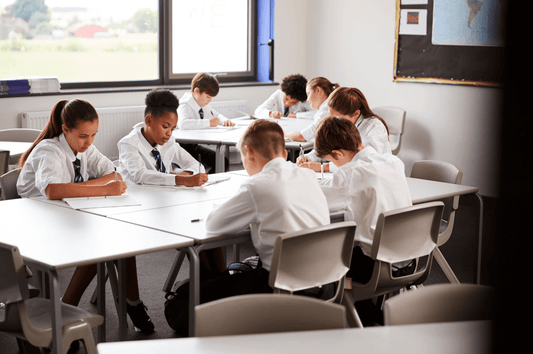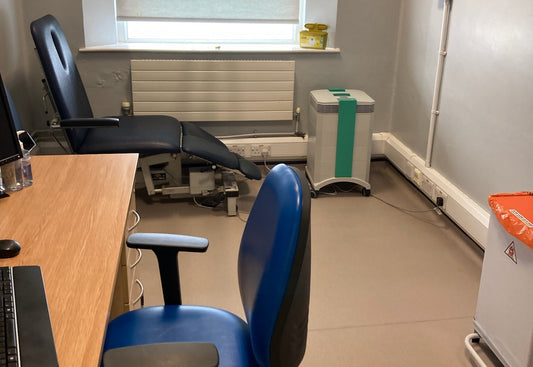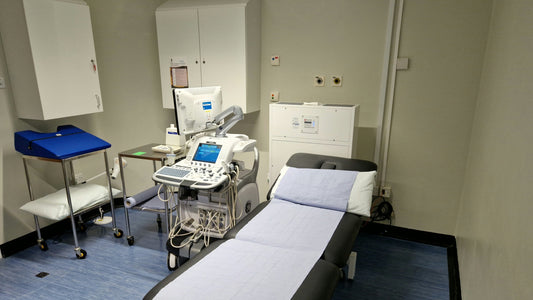Children have lungs that are not fully developed, making schoolchildren vulnerable to air pollution in areas consisting of high air pollution. They breathe in more air relative to their weight (compared with adults) and they also spend more time outside (playtime, sports/activities etc.). They also have little control over where they spend their time and, in particular, over where their school is located. Essentially they need a proper source of school air filtration to protect them whilst indoors.
Previous research on this issue has shown that:
- Children exposed to air pollution do worse on cognitive functioning tests, have impaired neurological functioning and lower IQ scores
- When exposed to high levels of nitrogen dioxide and particulate pollution, they score lower on working memory tests and other neurological measures
- Exposure to black carbon is linked to impaired ability to perform on tests of verbal and non-verbal intelligence and memory assessment.
The Michigan study is based on findings highlighted by USA Today a few years ago. It suggested that the clear exposure made children vulnerable to air pollution and it was a real risk for children in public schools. This was followed up by the US Environmental Protection Agency (EPA) which looked at air pollution exposure in 64 schools nationwide. However, these studies didn’t examine the link between air pollution, health and academic performance. Nor did they take into account the demographics of pupils in these schools. The Michigan study looked at three questions:
- Do schools tend to be located in areas of less, or more, pollution, compared with the average?
- Are disparities in air pollution exposure related to the demographic characteristics of the student body?
- Are levels of air pollution linked to student performance and health?
The researchers looked at air pollution levels in 3,660 schools in Michigan. They also checked school attendance rates as a measure of pupils’ health and at test results for Maths and English. They also looked at school registers to check the racial/ethnic makeup of the school and the number of those eligible for free school lunches.
The study showed that schools were more likely to be located in high pollution areas. Also, those from racial/ethnic minorities and those having free lunches were more likely to be located in high pollution areas. Finally, the more polluted the school environment, the poorer the health and academic performance of its pupils.
It is important to point out that this study does not show cause and effect but does try to rule out other factors. The conclusion is strongly suggestive that exposure to this type of air does make schoolchildren vulnerable to air pollution and affects children’s health and academic performance. The impact is worsened by a tendency for schools to be located where pollution is bad – maybe for cost reasons, as land is cheaper in such areas.
I searched for other research on this topic and came across just one paper, which confirms the Michigan results. It is disappointing that research into children’s health, the location of schools and exposure to air pollution is not seen as a priority!
Therefore, while awaiting further findings, parents and school governors should think about:
- Locating new schools in lower pollution areas
- Reducing children’s exposure to air pollution in existing schools
- Pressing for further research and campaigning on this issue.
- Locating schools with school air filtration systems in place




